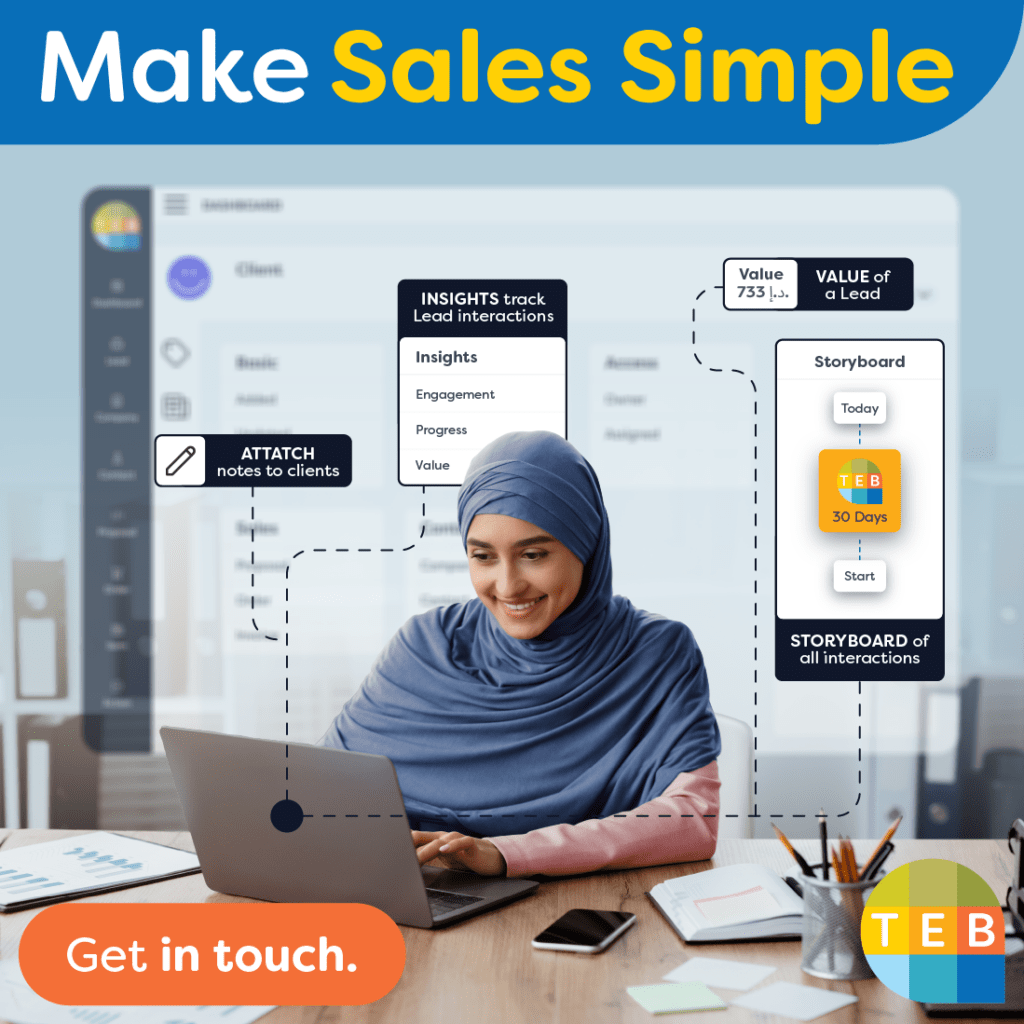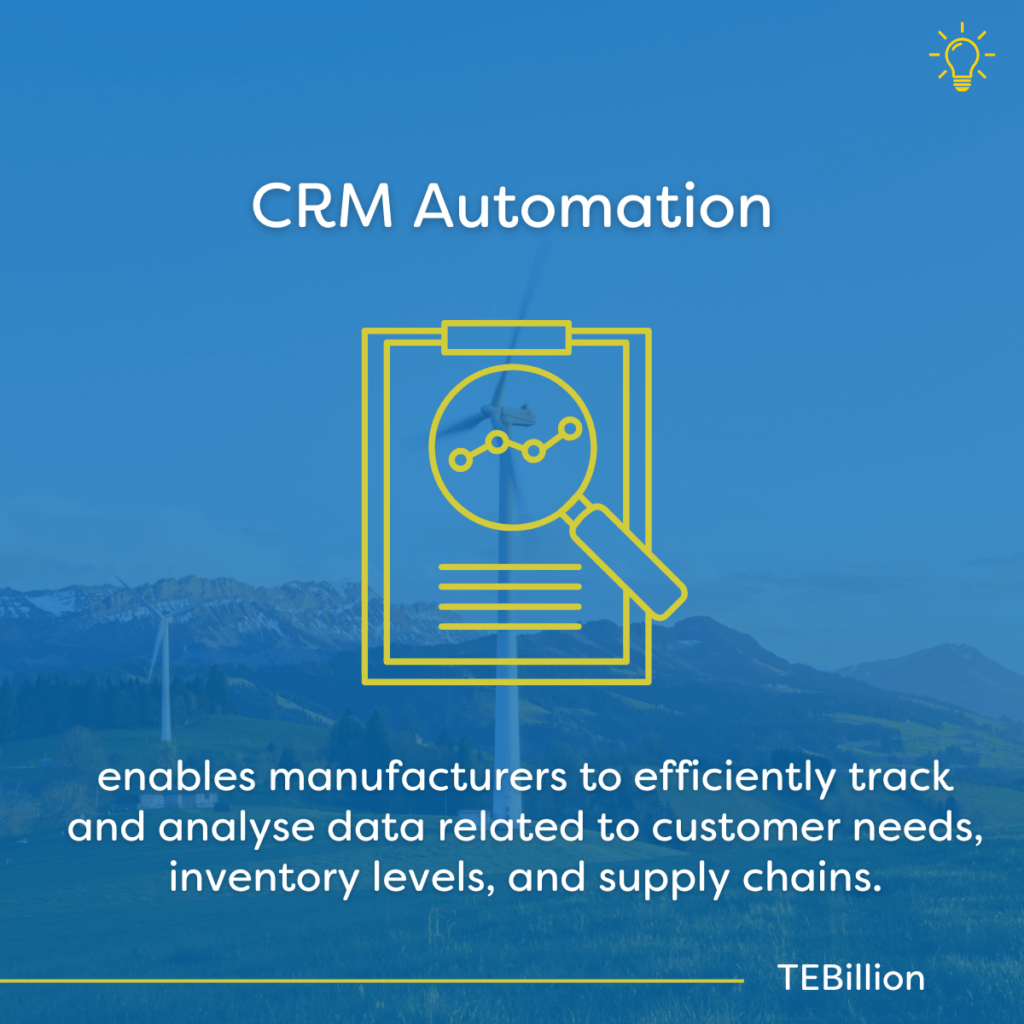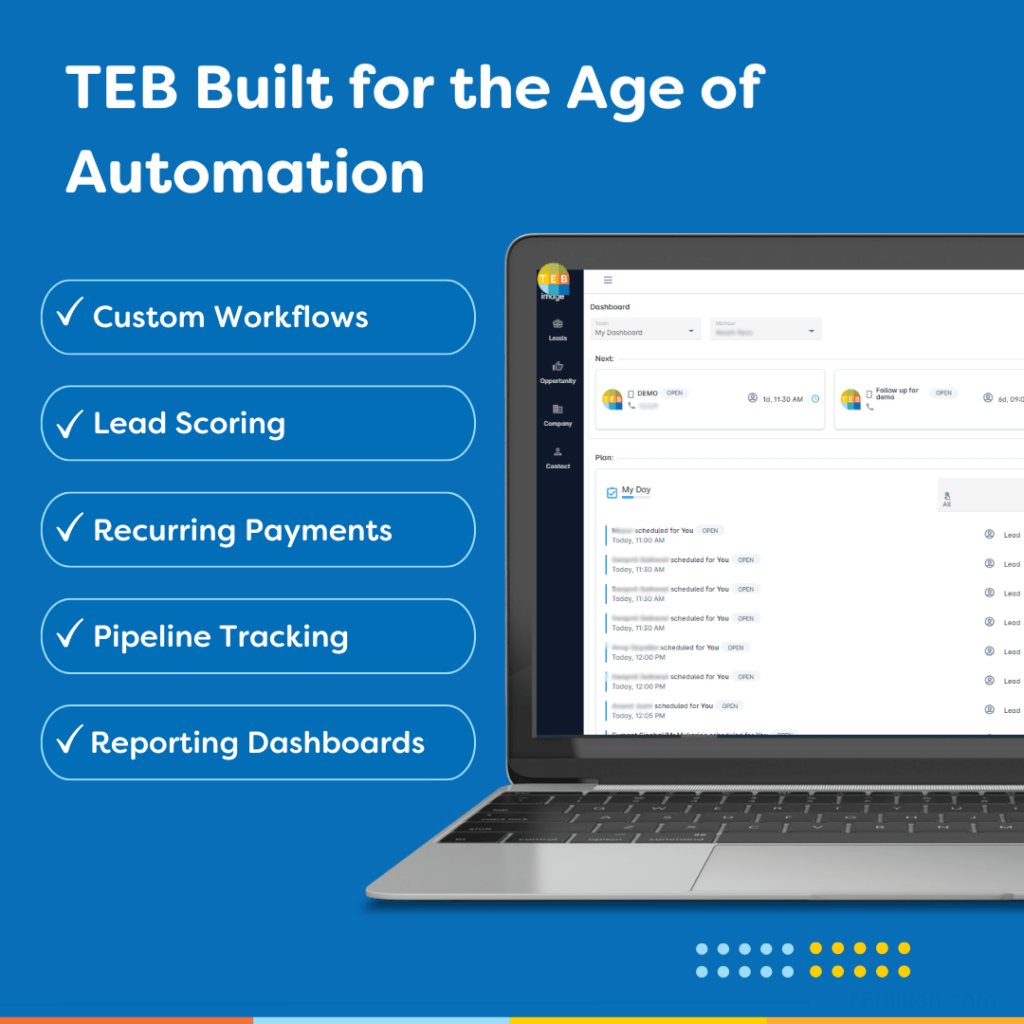
Businesses are under constant pressure to move faster and make smarter decisions. That’s why automation has become central to daily operations, not just a back-office tool. According to Gartner, 80% of executives believe automation can be useful across all business decisions. (Vena Solutions, 2022).
For 2025, the question is no longer “Should we automate?” but “How do we get the most from it?” By following best practices, companies can improve productivity, deliver better customer experiences, and build resilience for the future.

Not every task needs automation. The best results come from targeting areas that are repetitive, time-consuming, and prone to error. These are often the tasks that hold teams back from focusing on higher-value work.
For example, lead follow-ups, invoice generation, and pipeline reporting are ideal starting points. They’re predictable, rules-based, and benefit immediately from consistency. TEB helps businesses customise their workflows so that the right processes are automated, while teams keep control of more complex decisions.
Automation works best when it supports people rather than replaces them. While technology can handle tasks like data entry, scheduling, or lead scoring, final decisions often need human judgment. For example:
TEB’s automation tools are built to provide these insights and reminders, helping teams work faster whilst keeping control.
Automation is only as effective as the data behind it. If information is incomplete or spread across different systems, results can be misleading and decisions delayed. That’s why clean, connected data should be at the heart of every automation strategy.
Businesses that integrate their systems gain the most value, sales, finance, and customer service all working from a single source of truth. With TEB, customer and sales data are centralised, giving every team access to the same real-time insights.
Key benefits include:

Automation doesn’t just save time inside the business; it also shapes how customers experience your brand. When used well, it can make interactions faster, more consistent, and more personal.
For example, follow-up emails can be automated to arrive at the right moment, while sales teams still add personalised notes. Service updates can be triggered in real time, keeping customers informed without delay.
TEB’s automation features are designed to balance efficiency with a human touch, helping businesses strengthen relationships as well as processes.
TEB makes it easier for businesses to put best practices into action with automation that’s flexible, reliable, and simple to use. From sales to finance, every team benefits from tools designed to save time and boost results. Key TEB automation features include:

Ready to see how automation can work for your business in 2025? Book a Demo today and claim a completely free trial today.